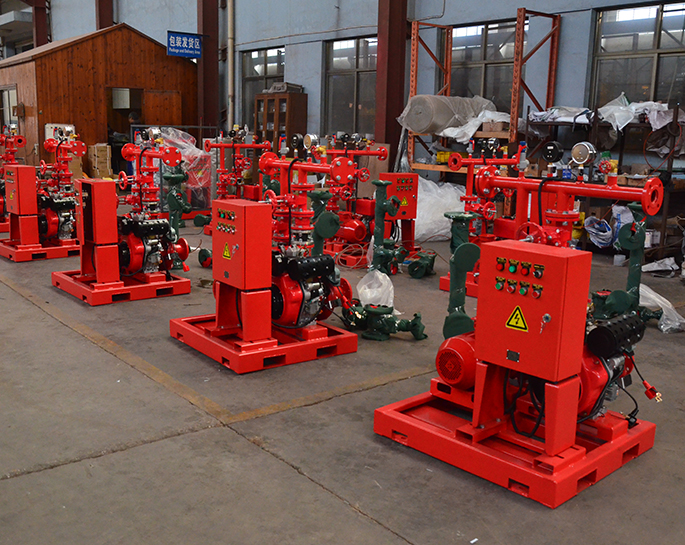5 Key Indicators of Fire Pump Efficiency
Oct 14, 2024
Share:
To evaluate the efficiency of a fire pump, several key performance indicators (KPIs) can be monitored. Here are five critical indicators of fire pump efficiency:

1. Flow Rate (GPM or L/min)
- Definition: The amount of water the pump delivers at a specific pressure, typically measured in gallons per minute (GPM) or liters per minute (L/min).
- Importance: The pump must provide enough water to meet fire suppression requirements, ensuring efficient firefighting. An underperforming pump with a low flow rate can lead to insufficient water delivery during an emergency.
2. Pressure (PSI or Bar)
- Definition: The pressure at which the fire pump delivers water, measured in pounds per square inch (PSI) or bars.
- Importance: Consistent and adequate pressure is critical to ensure water reaches the necessary areas, especially in high-rise buildings or extensive systems. A drop in pressure could indicate pump inefficiencies.
3. Power Consumption (kW or HP)
- Definition: The amount of electrical power (kilowatts) or mechanical energy (horsepower) required to operate the pump.
- Importance: High power consumption with low performance indicates inefficiency. Monitoring this helps determine whether the pump is consuming excessive energy to deliver the required output, potentially pointing to mechanical or operational issues.
4. Pump Curve Performance
- Definition: A pump curve shows the relationship between flow rate and pressure at various operating conditions. This curve should be referenced against the manufacturer’s specifications.
- Importance: A deviation from the expected curve indicates a loss of efficiency, potentially caused by issues such as wear, cavitation, or improper installation.
5. Pump Efficiency (%)
- Definition: The ratio of hydraulic power output to the mechanical power input, expressed as a percentage.
- Importance: High efficiency means the pump is converting energy into water movement effectively. Decreasing efficiency may indicate wear on internal components, blockages, or mechanical failures, which can lead to higher operating costs and poor performance.
Monitoring these indicators will ensure the fire pump operates optimally and meets critical safety standards.






